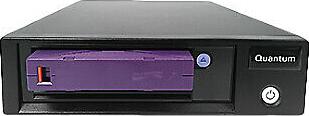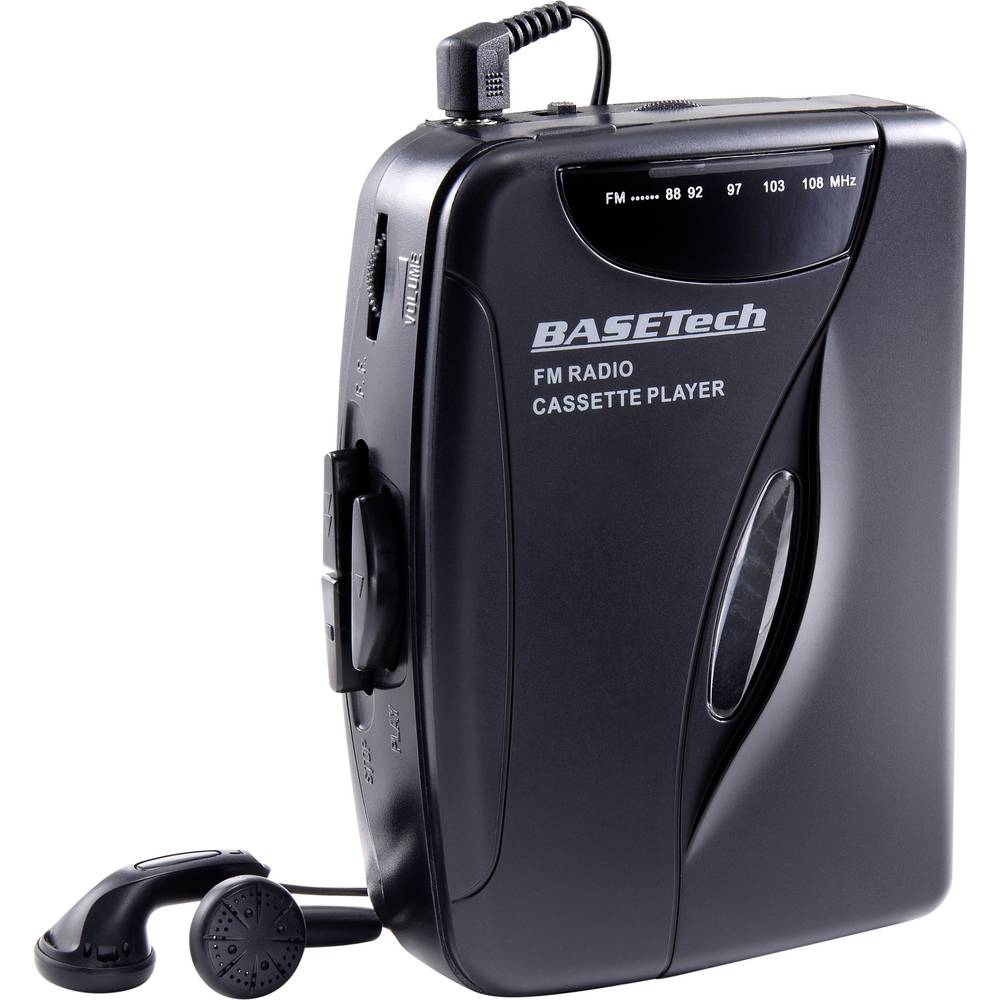At the end of the 1980s, digital audio became the "obvious next thing", and that was the time the DAT cassette was born, optimized for digital audio storage:

These things, with pretty "old-schooley" technology (by 2020 standards) do 1.3 Gb/s when used as data cassettes (that technology was called DDS but soon parted from the audio recording standards). Anyway, that already totally breaks with the operating principles of the analog audio cassette as you're working with:
- in the audio cassette, the read head is fixed, and thus, the bandwidth of the signal is naturally limited by the product of spatial resolution of the magnetic material and the head and the tape speed. There's electronic limits to the first factor, and very mechanical ones to the second (can't shoot a delicate tape at supersonic speeds through a machine standing in your living room that's still affordable, can you).
- in DAT, the reading head is mounted on a rotating drum, mounted at a slant to the tape – that way, the speed of the head relative to the tape can be greatly increased, and thus, you get more data onto the same length of tape, at very moderate tape speeds (audio cassete: ~47 mm/s, DAT: ~9 mm/s)
- DAT is a digital format by design. This means zero focus was put into making the amplitude response "sound nice despite all imperfections"; instead, extensive error correction was applied (if one is to believe this source, concatenated Reed-Solomon codes of an overall rate of 0.71) and 8b-10b line coding (incorporating further overhead, that should put us at an effective rate of 0.5).
Note how they do line coding on the medium: This is bits-to-tape, directly. Clearly, this leaves room for capacity increases, if one was to use the tape as the analog medium it actually is, and combined that ability with the density-enabling diagonal recording, to use the tape more like an analog noisy channel (and a slightly nonlinear at that) than a perfect 0/1 storage.
Then, you'd not need the 8b-10b line coding. Also, while re-designing the storage, you'd drop the concatenated RS channel code (that's an interesting choice, sadly I couldn't find anything on why they chose to concatenate two RS codes) and directly go for much larger codes – since a tape isn't random access, an LDPC code (a typically 10000s of bits large code) would probably be the modern choice. You'd incorporate neighbor-interference cancellation and pilots to track system changes during playback.
In essence, you'd build something that is closer to a modern hard drive on a different substrate than it would be to an audio cassette; and lo and behold, suddenly you have a very complex device that doesn't resemble your old-timey audio cassette player at all, but a the modern backup tape drive like I've linked to above.





